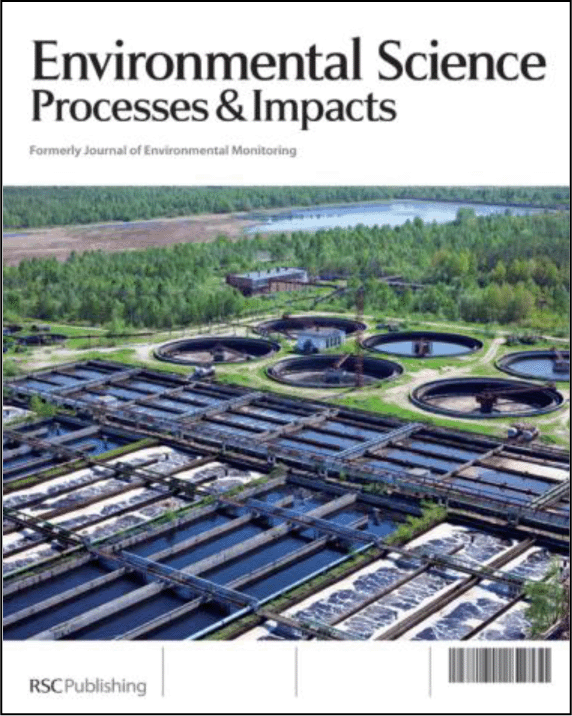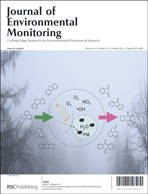 Choosing how we get to work is often based on money, time and local infrastructure; however Kam et al. have studied how this choice may also impact commuter’s exposure to pollutants and potential health risks.
Choosing how we get to work is often based on money, time and local infrastructure; however Kam et al. have studied how this choice may also impact commuter’s exposure to pollutants and potential health risks.
This paper looks at the concentrations of a variety of particulate matter including metals and trace elements, using inductively coupled plasma mass spectrometry, and polyaromatic hydrocarbons (PAHs), via gas chromatography. All of the compounds studied have been linked to life threatening conditions such as cancer, cardiovascular diseases and neurodegenerative disorders.
The sampling regime takes account of a variety of commuting methods in Los Angeles such as the subway, surface ‘light’ railway and a variety vehicular routes including a freeway, a surface-level street and a route used frequently by heavy duty vehicles (HDVs).
The compound profiles identified in the study fitted well with those predicted for each transport mode. For example iron, associated with stainless steel and mechanical wear, was highest in the subway, lead and other elements associated with fuel use and vehicular traffic were higher in the road samples and elements which are greatly influenced by the environment, e.g. sodium, did not differ between the modes. However the results also point to a more complex picture than this suggests with the season, location of the transportation and other transport users also playing significant roles in the exposure model.
Kam et al. also compared the relative potencies and unit risk factors of each individual PAH to estimate the cancer risk for commuters. Road users were at greater risk from this pathway, particularly users of roads which have a higher HDV use.
This highly detailed study not only provides an insight into the potential long term health risks which may be associated with commuting, but is relevant to any group who lives near, works in or is routinely using these transport modes. It also highlights the complexity involved in carrying out studies of this kind and interpreting environmental exposures. It’s free to access* on our site for the next four weeks, so why not download the paper here:
A comparative assessment of PM2.5 exposures in lightrail, subway, freeway, and surface street environments in Los Angeles and estimated lung cancer risk
Winnie Kam, Ralph J. Delfino, James J. Schauer and C. Sioutas
DOI: 10.1039/c2em30495c
*Free access to individuals is provided through an RSC Publishing personal account. Registration is quick, free and simple
Published on behalf of Sian Evans, Environmental Science: Processes and Impacts web science writer. Sian is a PhD student based in Bath, United Kingdom


















